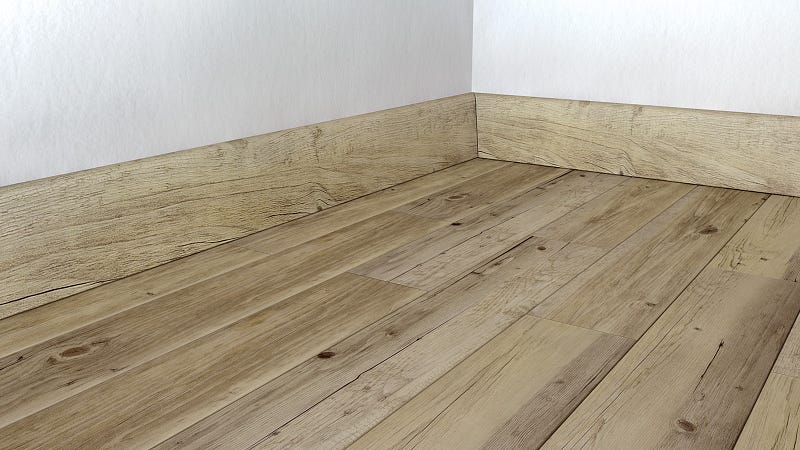Floor Skirting The Finishing Touch for Elegant Interiors

When it comes to designing a room, floor skirting is often overlooked. However, this simple architectural element plays a key role in both aesthetics and functionality. Whether you’re renovating your home or working on a new interior project, understanding the purpose and types of floor skirting can help you make the right choices.
What Is Floor Skirting?
Floor skirting, also known as baseboard or skirting board, is a narrow board that runs along the bottom of interior walls where they meet the floor. It covers the joint between the wall and the flooring material, offering a clean and polished finish to any room. Skirting also hides imperfections and gaps, protects the wall from knocks and abrasions, and can conceal wiring or cables.
Benefits of Floor Skirting
Protection for Walls
Skirting boards protect your walls from everyday wear and tear. Whether it’s the vacuum cleaner, mops, or even furniture, these boards prevent direct contact with the wall surface, reducing the risk of damage.
Aesthetic Appeal
Besides their practical function, skirting boards add a decorative element to your interiors. They come in various styles, from sleek and modern to ornate and traditional, enhancing the overall look of a room.
Easy Maintenance
Skirting boards make cleaning easier by creating a smooth transition between the wall and the floor. Dust and dirt tend to accumulate in corners, and skirting helps you reach and clean these areas more efficiently.
Hiding Gaps and Cables
In many homes, especially older buildings, there may be gaps between the wall and flooring due to settling or uneven construction. Skirting boards cover these gaps neatly. Additionally, cable management becomes easier, as wires can be tucked behind the skirting for a clutter-free look.
Common Materials Used
There are various materials available for floor skirting, each offering different benefits:
Wooden Skirting: Offers a natural, warm look. Can be painted or stained to match interior themes.
PVC Skirting: Lightweight, cost-effective, and moisture-resistant — ideal for kitchens and bathrooms.
MDF Skirting: Medium-density fiberboard is affordable and easy to install, suitable for painted finishes.
Aluminum or Metal Skirting: Modern, durable, and sleek, often used in commercial settings or contemporary homes.
Choosing the Right Skirting
When selecting floor skirting, consider the height, thickness, and style in relation to your room’s design. Tall skirting gives a more classic, luxurious feel, while low-profile skirting suits minimalist or modern interiors. The color should either contrast or complement the flooring and wall paint, depending on the desired effect.
Conclusion
Floor skirting Qatar may be a subtle detail in home design, but it significantly enhances the finish and durability of your interiors. From protecting walls to improving aesthetics, it serves multiple purposes that go beyond decoration. Choosing the right skirting can elevate your space, making it look complete, refined, and well thought out. So next time you’re working on a renovation or interior makeover, don’t forget to include this essential element in your plans.
Comments
Post a Comment